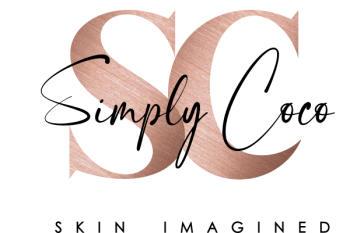Laser Hair Reduction
Light-based technology that utilizes pulses of light energy to gently penetrate the skin and specifically target, disable and destroy unwanted hair follicles. This non-invasive treatment is a comfortable and easy treatment for the age-old problem of unwanted body hair.
The hair cycle is composed of three growth phases. Anagen, the growing phase, is what the hair removal laser treats. Telogen, the resting phase, and catagen, the transition phase, are NOT treated by the laser. Every area of your body has different percentages of hair in these three phases. For example, bikini line hair has a higher percentage of hair in the Anagen phase compared to the upper lip. Thus, the bikini line usually requires fewer treatments compared to the upper lip. Most patients typically have four to eight treatments over time. The more treatments you have over time, the less hair you will have!
Frequently Asked
Questions
What other non-laser & light-based treatments are available?
Waxing, shaving, and the use of depilatory creams are well-established methods for hair reduction, albeit temporary. Electrolysis is the traditional tried and tested method for permanent hair reduction. However, it is often very time-consuming, painful, and not without complications. With rapid technology development, the most popular and effective method for hair reduction is the use of lasers or intense pulsed light, which are designed to damage and destroy many hairs at once, delivered in a brief period of time with reduced side effects. People are interested in laser or light hair reduction because the end results are consistent and predictable within a reasonable time frame that fits their lifestyle.
What areas can be treated?
How long will it take to recover?
How many treatments will I need?
What should I expect after the treatment?
What aftercare do I need?

